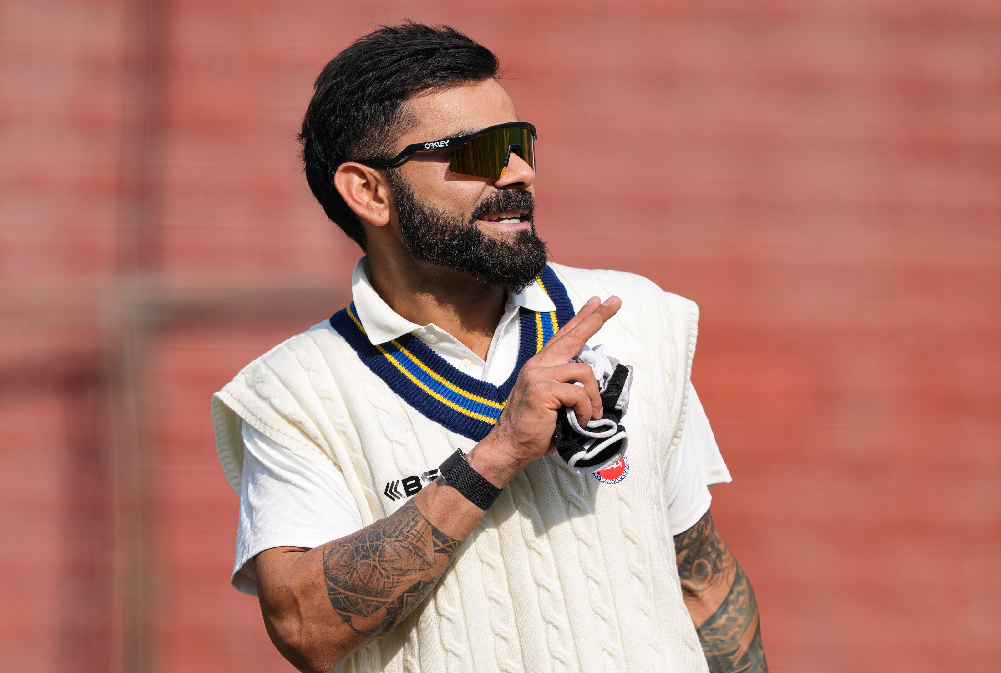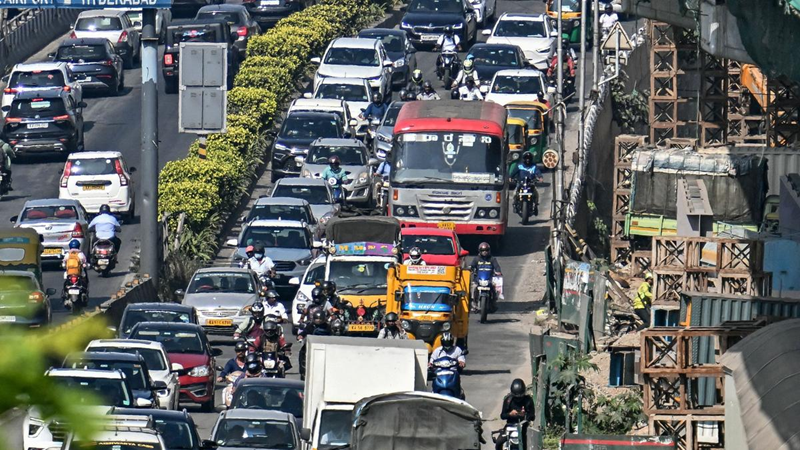
A Resounding Mandate for the BJP
The Bharatiya Janata Party’s seventh consequent win in Gujarat Assembly elections has predictably not surprised anyone. Only the resounding margin—60 seats over the tally of 99 in 2017—comes as a surprise. The party has captured 156 of the 182 seats. The entry of the Aam Aadmi Party (AAP) made the BJP’s task less arduous by splintering the anti-BJP votes.
AAP is a new entrant to the binary politics of the state and there is no gainsaying that it is the Congress that has paid the price for this. But in a multipolar democracy, there can be hardly any scope for such a blame as political parties rise, make a dent into the social capital of other groups, ascend the pinnacle of success and go into oblivion. Even in terms of voteshare, the BJP has done remarkably well by taking around 53% votes against 49% in 2017.
The score of 153 seats, in fact, outdoes the target of 140 set by Mr Amit Shah. Congress can only blame itself for the plight. Its listless campaign signalled it not being a serious contender this time. It set major store by its old KHAM (Kshatriya+Harijan+Adivasi+Muslim) social engineering theory, which has lost its edge in the wake of the Hindutva surge. It had also failed to nominate a chief ministerial candidate.
Congress votes have witnessed a drastic fall from 41.4% in 2017 to 27% in 2022 leading to a decline in seats from 77 to 27. Though the AAP could garner merely five seats, in terms of share of votes, the AAP’s performance could be termed appreciable. It polled 13% of votes against just around 1% last time. A closer scrutiny of the results in Gujarat reveals that the BJP has made huge inroads into the seats reserved for the STs, capturing 24 of the 27 seats.
Even the Muslim dominated Dariapur Assembly seat went the BJP way. Himachal Pradesh has however come as a facesaver for the Indian National Congress where it could bag 40 of the 68 seats. The state has also maintained the tradition of alternating mandate between the two leading parties, the BJP and the Congress. Much against hope, the AAP failed to open its account in the hilly state although it shares borders with Punjab, a state where it rules and legitimised its claim to be a national party.
The AAP’s massive win in the 250-member Municipal Council of Delhi (MCD) confirms the continuing stranglehold of the party on the capital’s voters. Coming as it does after a convincing victory in the Delhi’s Assembly elections, it signals the party’s ability to rise on multiple platforms. The results of the byelections in six Assembly seats in five states and one Lok Sabha seat (Mainpuri in Uttar Pradesh falling vacant due to the death of Mulayam Singh Yadav) are a mixed bag.
Congress has retained Sardarshahar and Pratappur in Rajasthan and Chhattisgarh respectively, both states being ruled by the party. Outcome of the Kurhani seat in Bihar must be a shocker for the RJD-JDU ruling coalition. The BJP wrested the seat that was earlier held by the JDU. Odisha’s ruling party Biju Janata Dal retained the Padampur seat. Khatauli in riot-hit Muzaffarnagar in Uttar Pradesh was won by the Rashtriya Lok Dal, an ally of the Samajwadi Party (SP).
However, in the Muslim dominated Rampur Sadar, a seat once held by SP leader Azam Khan, it is the BJP’s Akash Saxena who emerged the winner. There are allegations of huge chunks of Muslim voters finding their names absent. Dynastic hold over the Mainpuri seat had made the victory of Dimple Yadav, wife of Akhilesh Yadav, a foregone conclusion. Altogether, the outcome signals the star of the BJP to ascendant, AAP in a resurgent mode and Congress reluctant to shun its complacency
 English daily published in Bengaluru & Doha
English daily published in Bengaluru & Doha






